Tips For Making Natural Mineral Sunscreen Easier to Use (+ avoid the white cast!)
If you’ve ever used natural mineral sunscreens before, then you know that there are certain disadvantages that come with them. They can leave a white cast on the skin and rub off on clothing, feel a little heavy, sticky, or greasy, and might be hard to wash off. With all of that to consider, I can understand the temptation not to bother! So I wanted to share my best tips on how to combat some of these issues, and hope that it makes using mineral sunscreens a little easier.
While we may have to accept that there will be some disadvantages, I believe it is worth dealing with in order to protect your health, as well as our water systems and aquatic life. It’s very much like having to accept that sometimes you will be a bit sweaty when using a natural, aluminum-free deodorant. (And speaking of deodorant, you may find my post here about tips on making natural deodorant easier to use helpful too.)
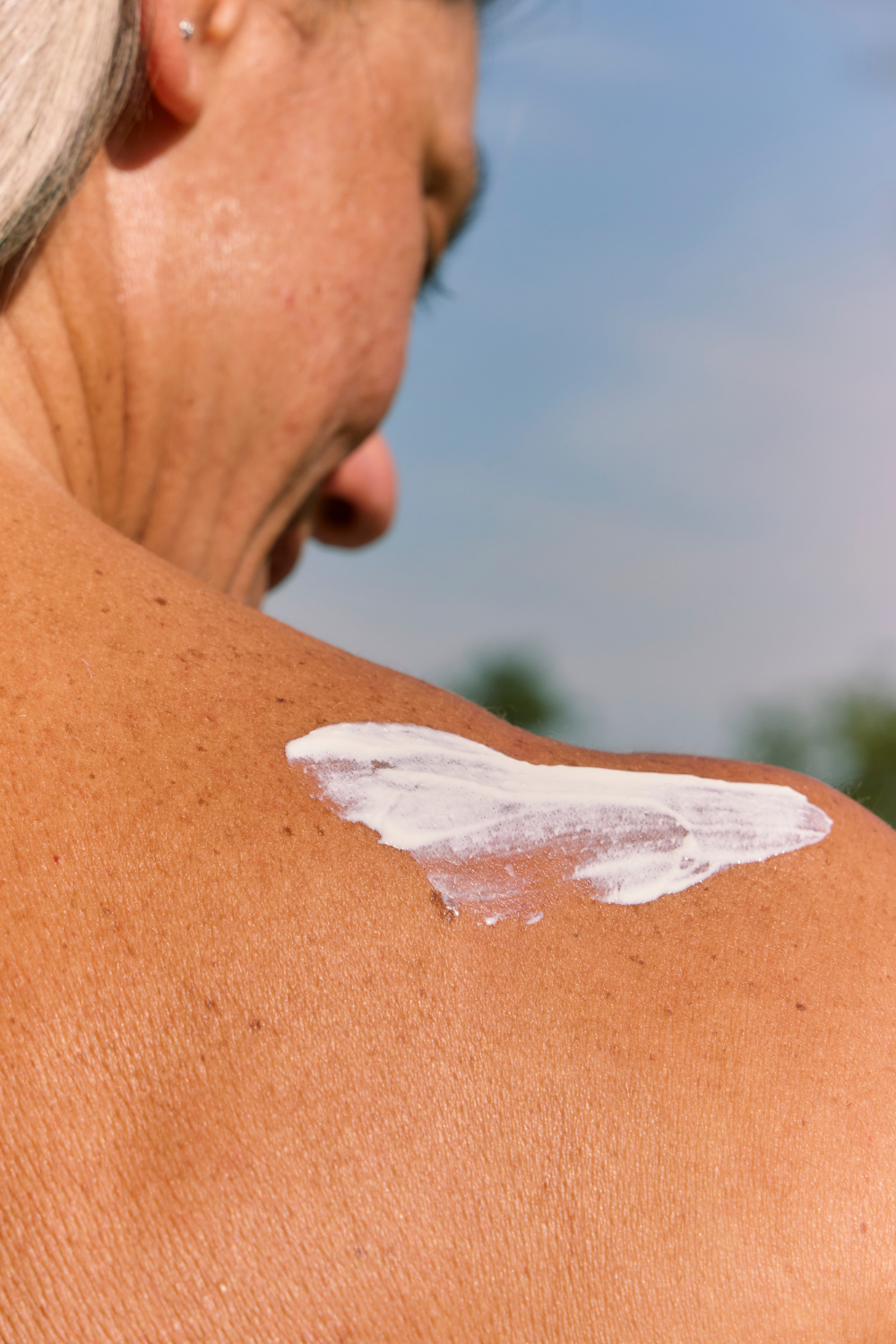
This page contains some affiliate links, which means I may receive a small commission, at no extra cost to you, if you purchase through these links. I only recommend products that I LOVE and personally use. Read more here.
In seeing the research about how easily our bodies absorb the harmful chemical UV filters in chemical sunscreens and that those chemicals stick around in our bloodstream for weeks, I really do believe it’s important to use a natural sunscreen as much as possible.
So here are the tips!
Buy tinted ones
In my experience, the tinted sunscreens have been the ones that are the best for not leaving a white cast on your skin. Tinted ones are always my go-to now!
Some brands now make some options with shimmer in them too. I haven’t tried these yet, but I think the shimmer could look really pretty for a day at the beach and help disguise the white cast a bit. I discuss some of my favourite tinted ones & options with shimmer in this post here.
Below is the before & after of me wearing the All Good Tinted SPF 30 sunscreen (you can see that there really is no noticeable white cast!):


Water-resistant vs. not
If you’ve ever had a problem with mineral sunscreens feeling sticky, being hard to wash off, or hard to rub in, try one that is not water-resistant. These ones are usually easier to apply and not as sticky because they aren’t formulated to have to stick to your skin while swimming. So, if you’re not planning on spending much time in the water, this can be a good way to avoid those things altogether!
Here are a couple options for non water-resistant sunscreens that are great for less white cast and less stickiness:
- Green Beaver spray SPF 27 (has been one of my favourite ones recently!)
- Solara Suncare dry body oil sunscreen
Lower Zinc Oxide % creates less white cast
If minimizing any white cast on the skin is one of your top priorities, choosing sunscreens with a lower percentage of zinc oxide and/or titanium dioxide can help with this! In my experience, most mineral sunscreens will have 20% zinc oxide, but the ones that had around 18% created much less of a white cast on me. You can also look for lower SPF values, which usually means that there are less minerals in it, and thus less white cast (just make sure that the reason for the lower mineral content isn’t because they’ve added chemical UV filters to make up the difference… see which chemicals to avoid in this post).
Of course, I’m not recommending that you allow yourself to get burned, but there is a way to use lower SPFs cautiously. Health Canada and the FDA actually recommend SPF 30 because any higher than this only increases the protection by an extremely small amount (less than 1%) and can lead to people having a false sense of security.
When comparing sunscreens, the % of titanium dioxide and/or zinc oxide that is in them will be stated on the label near the ingredient list.
Moisturize your skin first
For some people, ensuring your skin is moisturized before applying sunscreen can help the sunscreen go on a lot smoother and blend into the skin better. Definitely give this a try if you’ve ever had problems with the sunscreen not blending nicely into the skin.
Mix it with a moisturizer (to thin it out)
Anther thing you can try is mixing your sunscreen with your favourite lightweight body lotion. Squeeze some of both into the palm of your hand and mix them together, and then apply these together. This will reduce the SPF of the sunscreen, so keep that in mind.
You could even mix it with a tinted moisturizer, for example like this natural bronzing shimmer body lotion from Pure Anada. This bronzing lotion gets great reviews from customers, and I bet it would look so pretty on the beach!
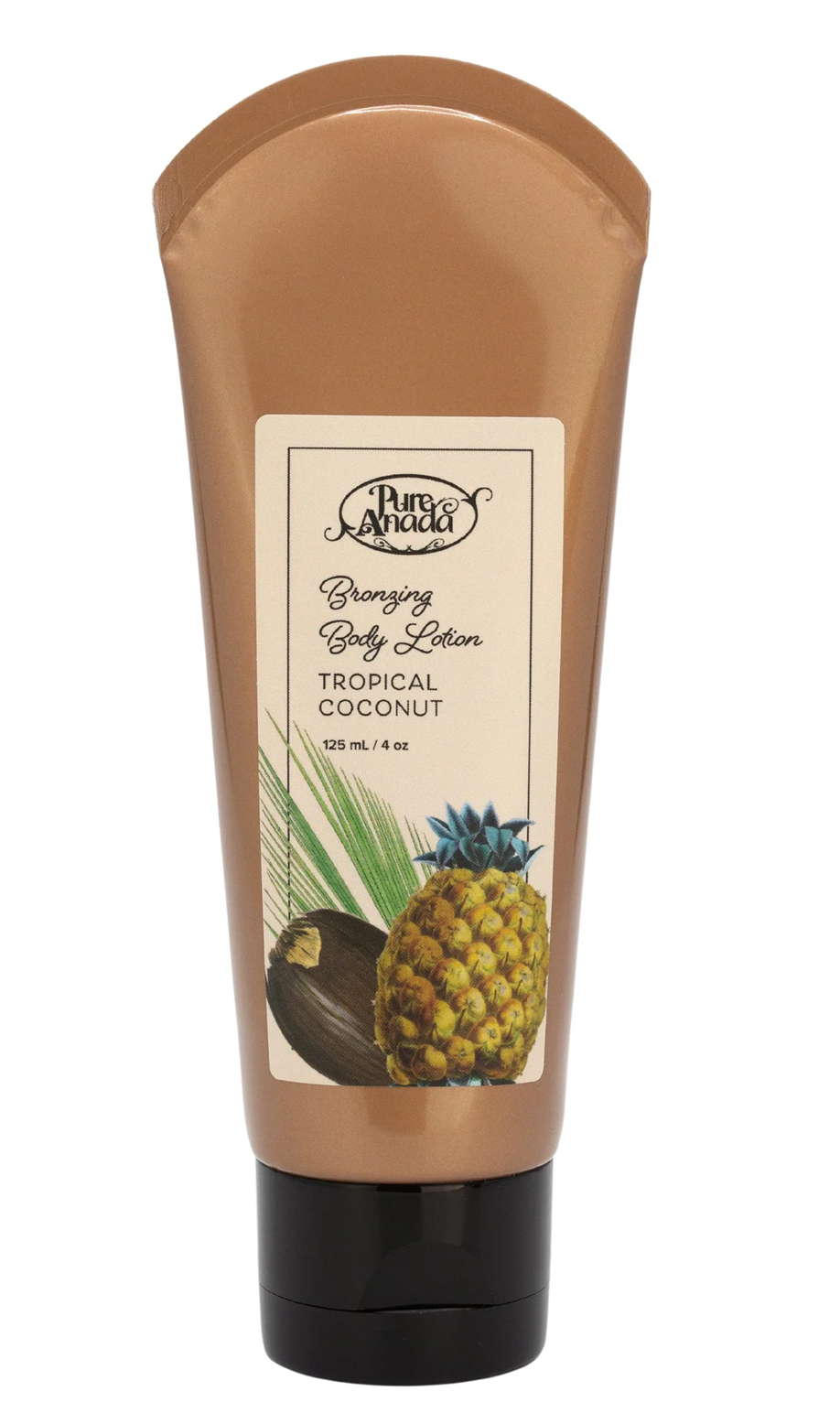
Use sunscreen strategically during peak hours
Getting natural vitamin D through sun exposure is so important for good health. Actually, it is critical for good health, and most people don’t get enough of it. It is a crucial nutrient for your immune system to function optimally, for your circadian rhythm (sleep and wake cycles) to function optimally, and for your hormonal systems to be balanced (ladies- you really need natural sunlight for a balanced menstrual cycle!). With that said, I hope I’ve convinced you that it’s a good idea to sometimes not wear sunscreen.
Sunscreen is most important during the hours of 10 am – 4 pm. So try to get some natural sunlight on your eyes and on your skin (not staring at the sun) for short periods of time before and after the peak hours. You can even avoid using sunscreen altogether by covering your skin during the peak sun times. Use wide-brimmed hats, lightweight beach cover-ups, umbrellas, and sitting/laying in the shade.
By using sunscreen strategically during peak hours, you can help to eliminate some of the annoyances that come with wearing it and applying it.
Wear light colours
Another disadvantage to natural mineral sunscreens is they can rub-off on clothing, leaving white marks on them. One simple strategy to minimize this is to choose lighter-coloured swimwear and clothing, which will make any white marks less noticeable.
For me, I haven’t found this to be a huge issue. Any sunscreen that was on my bathing suits washed off easily. If you’re having trouble washing it off, I recommend giving the affected areas a quick scrub with castile soap before throwing it in the washing machine.
In addition, I’m usually really careful when applying the sunscreen to help avoid getting too much of it on my clothing or bathing suits. I will pull back the edges of my clothing, make sure the sunscreen is fully rubbed in, and then put my clothing back in place.

Apply sparingly, one section at a time
One mistake people make when applying sunscreen is slathering on a thick layer. With mineral sunscreens, it’s best to apply a little at a time, blending into sections of your skin at a time, and then adding more as needed if you need more coverage in certain spots.
You will find there will be less of a white cast and less stickiness if you apply it carefully in thin layers instead of generously slathering it on (but be cautious based on your own skin type and expected time in the sun). The nice part about the white pigments in mineral sunscreens is that it’s easier to see where you’ve applied the sunscreen, but the white cast should diminish a few minutes after application.
Use different types for different activities
I like to have a couple different sunscreens on hand, and choose the one that is going to be best suited for the activities that will be happening that day.
For example, if I know it will be a really hot day and I plan on doing lots of swimming, I’ll wear a water-resistant one, even if this means my skin feels a bit sticky. On a day where I plan to spend lots of time sunbathing, I’ll choose the one that leaves the least amount of white cast, which may also be the one that isn’t water-resistant… so I’ll have to be careful if I decided to go swimming. If I’ll be going hiking, I’ll choose the one that stays put during the day, and won’t be rubbing off on clothing or making me feel greasy.
It’s difficult to find a sunscreen that is 100% perfect in every aspect and for every activity, but if you do find one that works perfectly for you, I’ll be very happy for you!
Try a few to find your favourite
If you’ve ever tried a mineral sunscreen and decided natural sunscreen wasn’t for you, I want to encourage you to try again! It’s like finding your favourite option for any other product- sometimes it just doesn’t work for you and you have to try a couple duds before you find the one you like.
I recommend trying a few different ones until you find the one that is doable and works for your skin and your lifestyle!
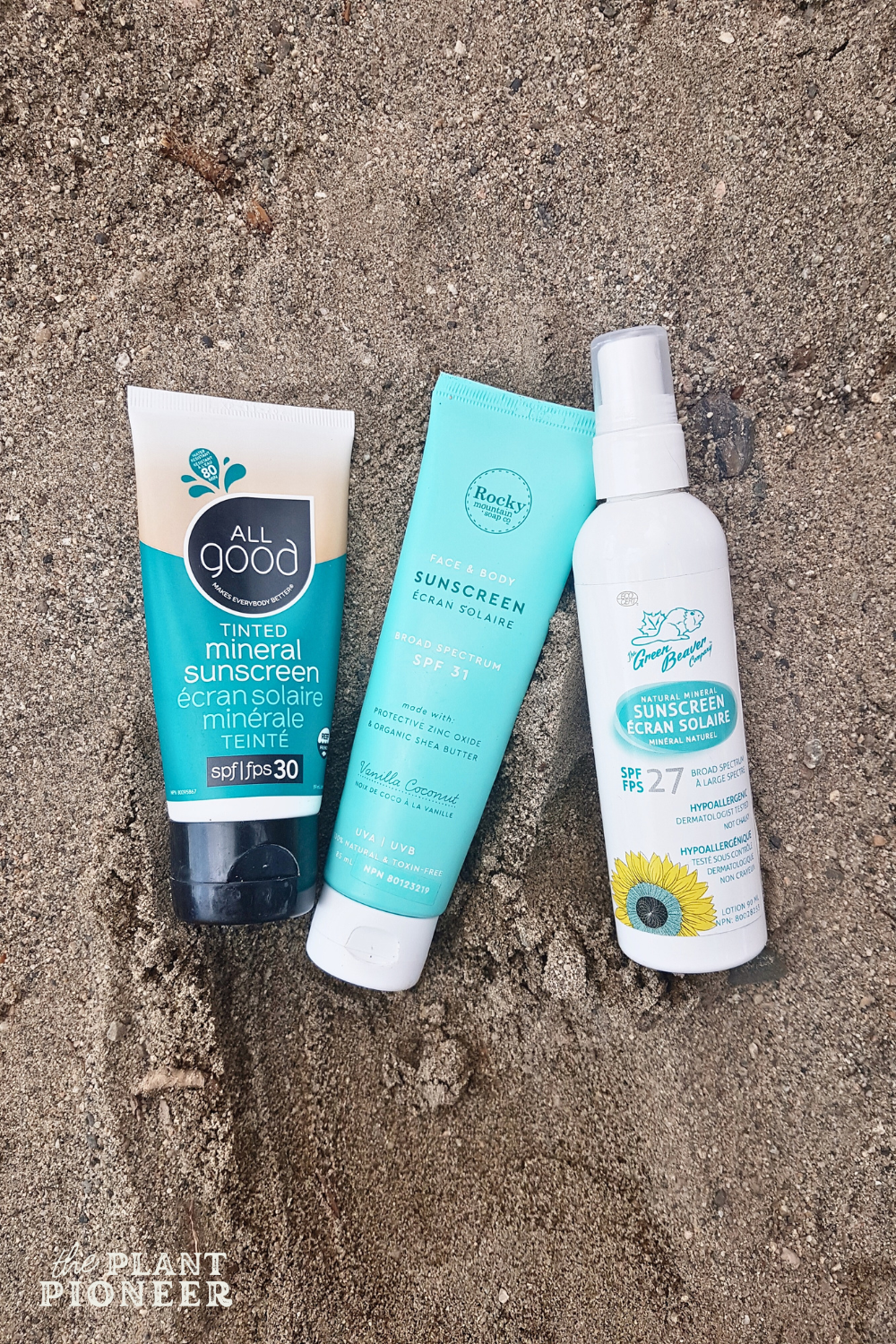
A few more cautionary notes:
- Shake your bottle before use! Some sunscreens may start to separate in the bottle, which will definitely impact the effectiveness and feel of the product.
- Some sunscreens may leave your hands feeling greasy. I find it helpful to apply it when near a sink so I can wash my hands after (you can also just wipe your hands off on a beach towel or paper towel if not near a sink).
- Some mineral sunscreens can rub off onto car seats, and it’s difficult to get it off the leather/cloth. You may want to put a towel down on your seats to prevent it from rubbing off on them.
- If you’re having trouble washing off the sunscreen, try using castile soap, which is very concentrated. It may make your skin feel dry, but it works! I usually do a “double wash” to make sure all of the sunscreen is off.
Anything else?
I truly hope these tips make using a mineral sunscreen a little easier! Do you have any strategies that have helped you that I didn’t mention? Please let us know about it in the comments!
Don’t forget to pin this post to Pinterest:


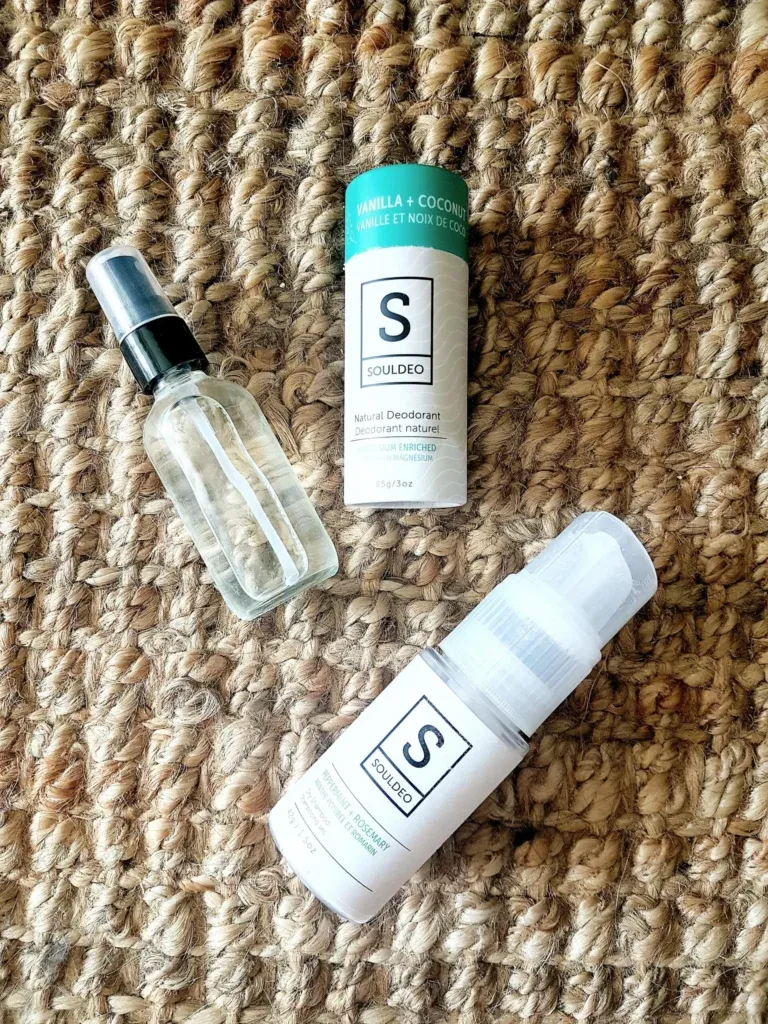
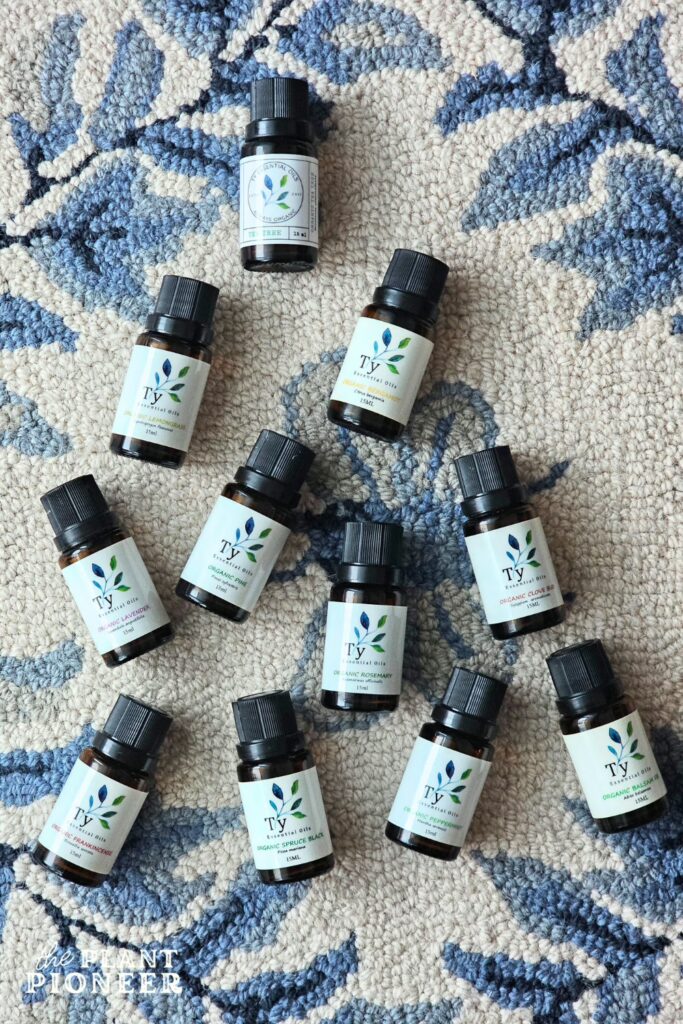
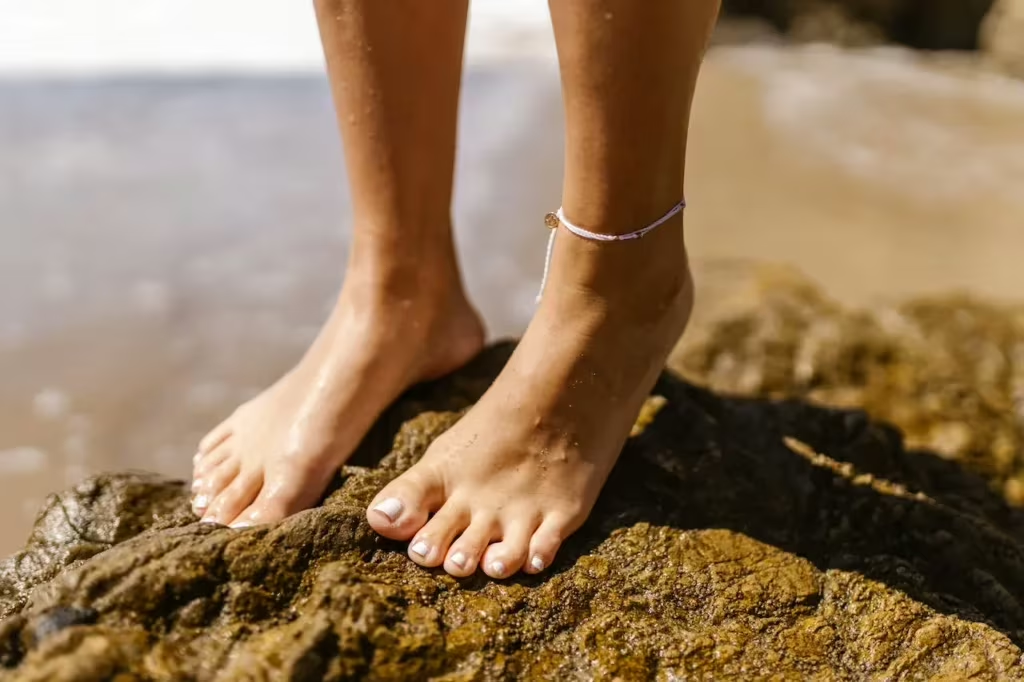
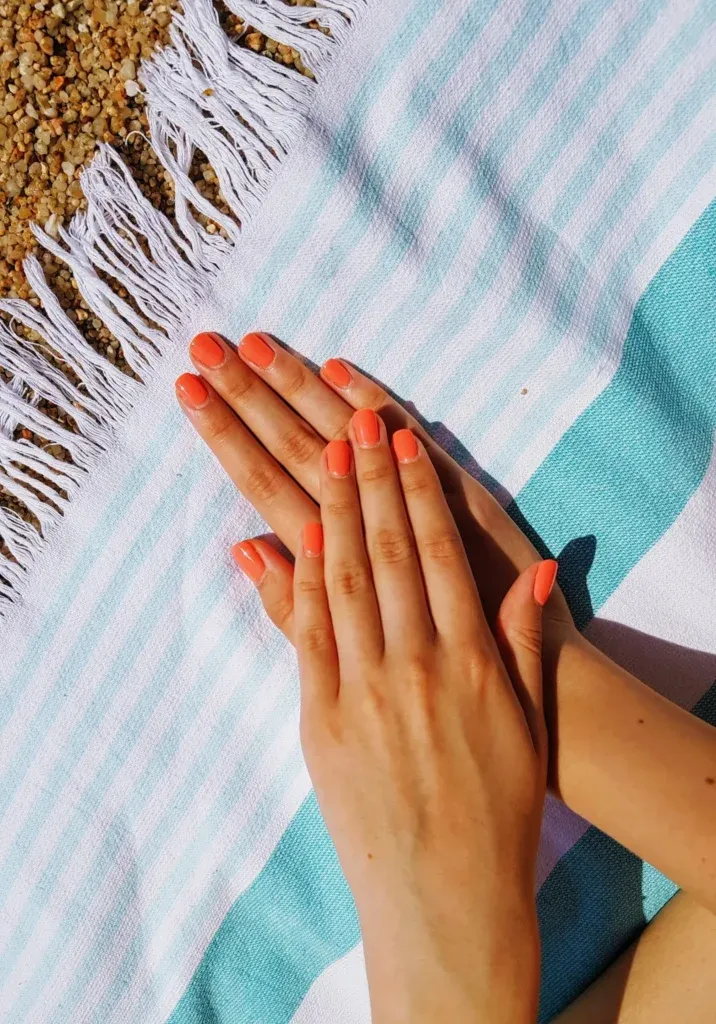
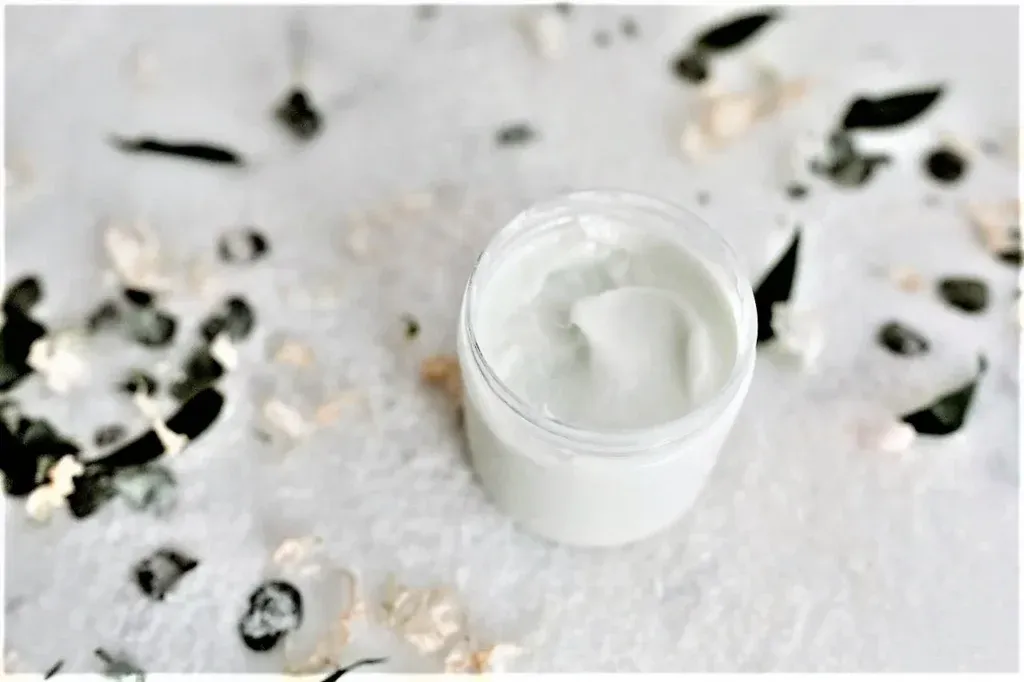
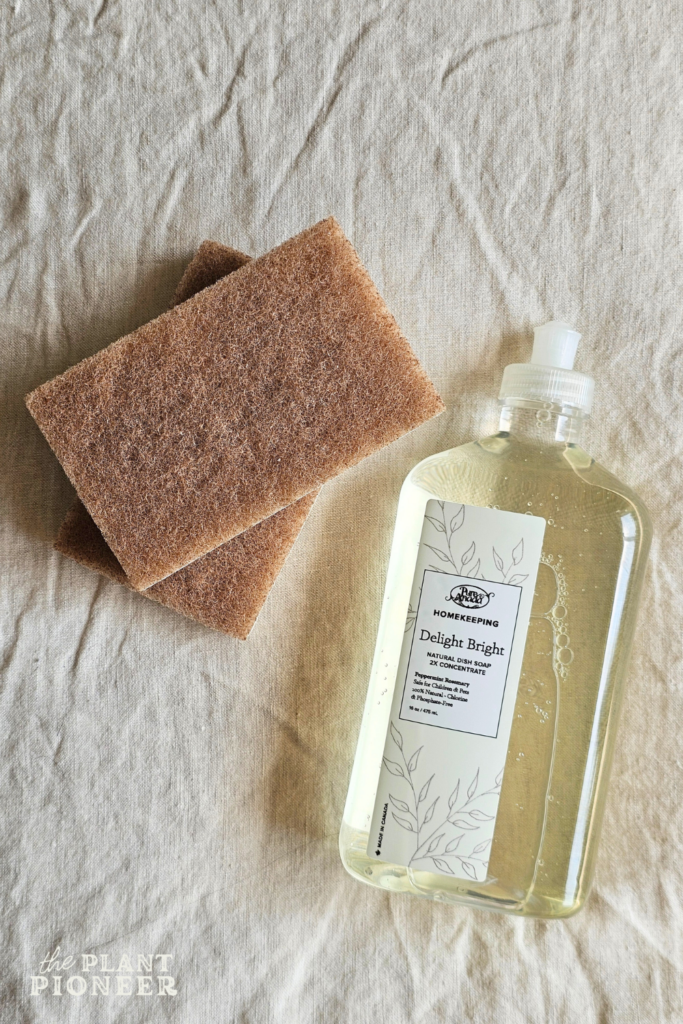
Join the List
Stay informed & receive my latest healthy living tips to your inbox.